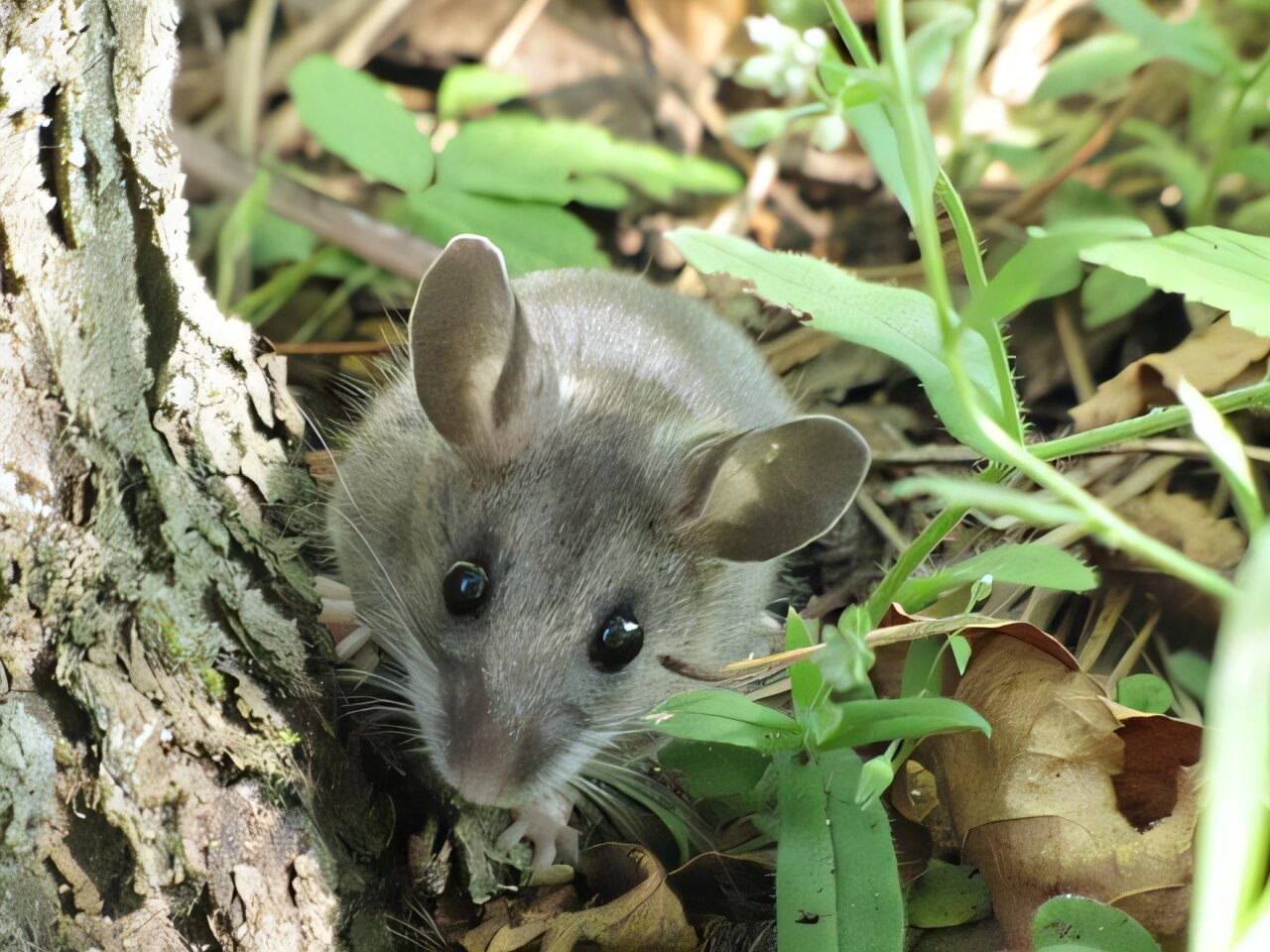Black Rat as Primary Carrier of Hantavirus
Recent research marks the role of black rats as the primary carriers of hantavirus in rural Madagascar. A study published in *Ecology and Evolution* reveals that these invasive species pose health risk to local communities. The research was conducted in areas where deforestation and agriculture have increased the contact between humans and infected rodents.
Background of Hantavirus
Hantavirus is a serious viral infection spread primarily through contact with the urine, droppings, or saliva of infected rodents. It can lead to two major syndromes – Hantavirus Pulmonary Syndrome (HPS) and Hemorrhagic Fever with Renal Syndrome (HFRS). HPS affects the lungs and can be fatal, while HFRS primarily impacts the kidneys.
Black Rats in Madagascar
Black rats (Rattus rattus) were introduced to Madagascar between the 10th and 14th centuries. They have since proliferated, particularly in areas converted for agriculture. The recent study found that only black rats tested positive for hantavirus among nearly 2,000 animals sampled, indicating their unique role as carriers in this region.
Transmission Dynamics
The research suggests that larger, older black rats found in farmlands are more likely to be infected. This indicates that human activities, such as farming, increase the risk of hantavirus transmission. Interestingly, rats in nearby rainforests did not carry the virus, suggesting that habitat alteration heightens disease risk.
Symptoms of Hantavirus Infections
HPS symptoms generally appear 1 to 8 weeks after exposure and include fatigue, fever, and muscle aches. Severe cases can lead to respiratory distress and fluid accumulation in the lungs. In contrast, HFRS symptoms develop within 1 to 2 weeks and can include intense headaches, back pain, and acute kidney failure.
Preventive Measures
To reduce the risk of hantavirus exposure, it is essential to limit contact with rodents. Effective strategies include sealing entry points in homes, using traps, and maintaining cleanliness to avoid attracting rodents. Community awareness and education are crucial in mitigating the spread of this virus.
Ongoing Research
This study is part of a broader international research initiative examining how human land use impacts the emergence and spread of zoonotic diseases in Madagascar. Researchers aim to understand the interplay between ecology, human activity, and health risks in this biodiverse region.
Month: Current Affairs - April, 2025
Category: Environment Current Affairs








